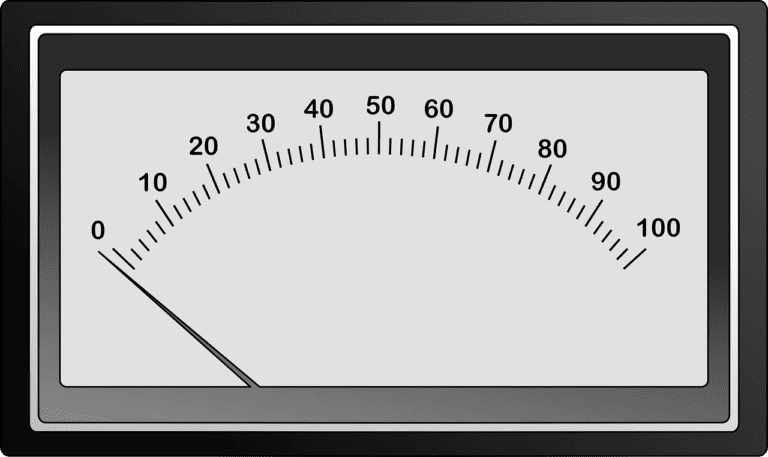What Is Two-Way Communication?
Picture this: you're standing at a crowded crossroads, trying to navigate your way through the chaos. The traffic signals blare their one-sided instructions, but there's no room for your voice to be heard.
Two-way communication, however, flips the script. It's a powerful exchange where both parties have the opportunity to speak their minds, share ideas, and truly connect.
But what exactly is two-way communication, and why is it so important? Stay tuned as we unravel the mysteries and dive deeper into the world of meaningful dialogue.
Key Takeaways
- Two-way communication involves active engagement from both parties, with a sender transmitting a message to a receiver and the receiver providing feedback.
- Effective two-way communication is characterized by active listening, timely feedback, and open dialogue, which helps in resolving conflicts and fostering understanding.
- Two-way communication has numerous benefits, including improved feedback, enhanced collaboration and teamwork, better decision-making, and stronger relationships within a team or organization.
- To improve two-way communication, practice active listening, provide effective feedback, encourage open and honest communication, and promote equal participation and sharing of ideas and opinions.
Definition of Two-Way Communication
Two-way communication is a dynamic process in which both parties are actively engaged in exchanging information and ideas. It involves a sender transmitting a message to a receiver, who then provides feedback, creating a continuous flow of communication.
There are two main types of two-way communication: verbal and non-verbal. Verbal communication includes spoken or written words, while non-verbal communication involves body language, facial expressions, and gestures.
Characteristics of effective two-way communication include active listening, asking clarifying questions, and providing timely feedback. It's essential for building strong relationships, resolving conflicts, and fostering understanding between individuals or groups.
Importance of Two-Way Communication
Now let's explore why effective two-way communication is crucial for successful interactions and productive relationships.
Effective listening is a key component of two-way communication. By actively listening to others, you demonstrate respect and understanding, which fosters trust and strengthens relationships.
Open dialogue is another important aspect of two-way communication. It allows for the exchange of ideas, opinions, and feedback, leading to better decision-making and problem-solving. By engaging in open dialogue, you create an environment where everyone feels valued and heard, encouraging collaboration and innovation.
Without effective two-way communication, misunderstandings and conflicts can arise, hindering progress and causing frustration. Therefore, it's essential to prioritize effective listening and open dialogue to ensure successful interactions and productive relationships.
Benefits of Two-Way Communication
Effective two-way communication offers numerous benefits that enhance collaboration and improve overall outcomes.
One of the key benefits is improving feedback. When communication flows both ways, it allows for a continuous exchange of ideas, opinions, and suggestions. This enables individuals to provide feedback on projects, processes, and performance, which can lead to valuable insights and improvements.
Additionally, two-way communication enhances collaboration. It fosters a sense of teamwork and encourages active participation from all parties involved. By promoting open dialogue and sharing of information, it creates a collaborative environment where ideas can be shared, problems can be solved collectively, and decisions can be made more effectively.
Ultimately, these benefits of two-way communication contribute to better decision-making, increased productivity, and stronger relationships within a team or organization.
Tips for Improving Two-Way Communication
To enhance the effectiveness of two-way communication, consider implementing these practical tips.
Firstly, practice active listening. This means giving your full attention to the speaker, maintaining eye contact, and refraining from interrupting. Show empathy and understanding by nodding and summarizing what the speaker has said.
Secondly, provide effective feedback. This involves offering constructive criticism in a respectful manner. Be specific and focus on the behavior or action, rather than attacking the person. Use 'I' statements to express your thoughts and feelings.
Lastly, encourage open and honest communication by creating a safe and non-judgmental environment. Promote equal participation and encourage everyone to share their ideas and opinions.
Implementing Two-Way Communication in Various Contexts
In various contexts, implementing two-way communication allows for effective information exchange and collaboration. It promotes interactive learning and collaborative problem-solving, enabling individuals to actively engage with each other and share ideas, knowledge, and insights. By creating an environment that encourages open dialogue and active participation, two-way communication fosters a sense of ownership and accountability among team members or participants. This approach can be applied in various settings, such as education, business, healthcare, and community development. In education, it facilitates student engagement and active learning, while in business, it enhances teamwork and decision-making. In healthcare, it promotes patient-centered care and empowers patients to actively participate in their treatment plans. In community development, it encourages community involvement and collective problem-solving. The table below provides a visual representation of the benefits of implementing two-way communication in different contexts:
| Context | Benefits |
|---|---|
| Education | – Enhanced student engagement |
| – Active learning | |
| Business | – Improved teamwork |
| – Better decision-making | |
| Healthcare | – Patient-centered care |
| – Empowered patients | |
| Community Development | – Community involvement |
| – Collective problem-solving |
Conclusion
In conclusion, two-way communication is a vital component in effective communication. It allows for a dynamic exchange of ideas, fostering understanding and collaboration.
By actively listening and engaging with others, we can enhance relationships and problem-solving abilities. Whether in personal or professional settings, implementing two-way communication can lead to better outcomes and improved satisfaction.
So, seize the opportunity to connect and communicate, and watch your connections thrive and your conversations flourish.







